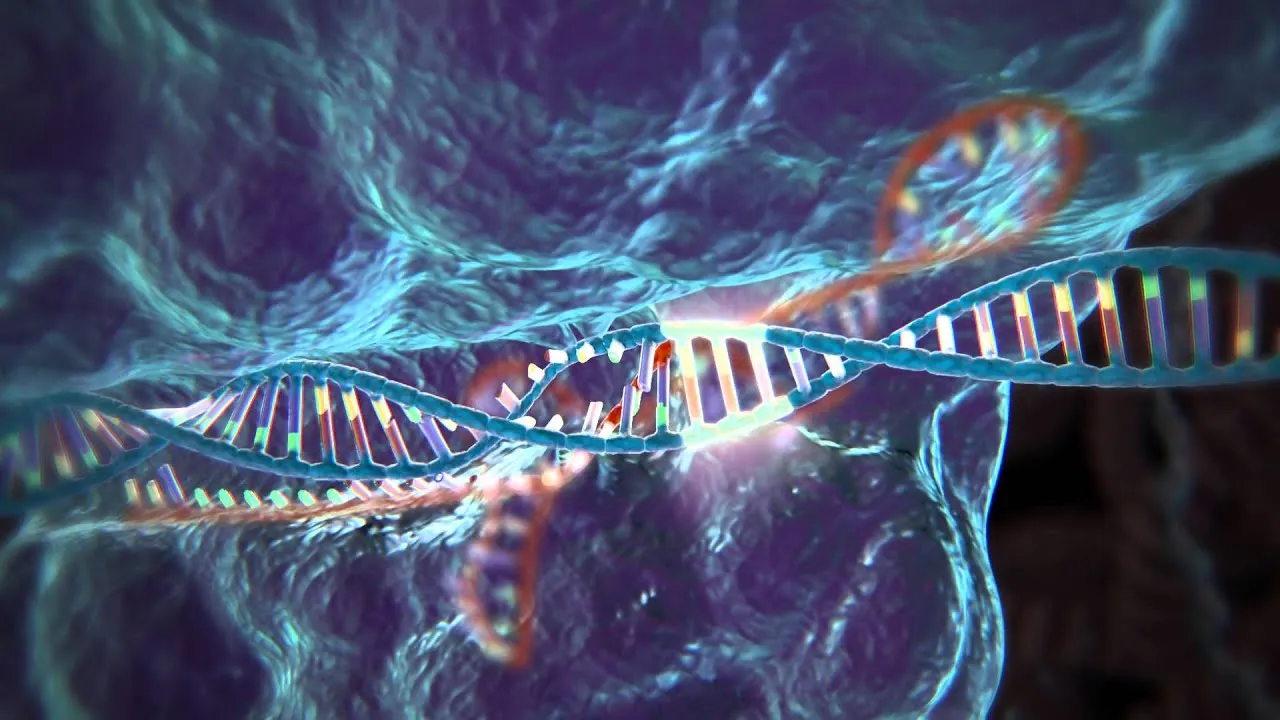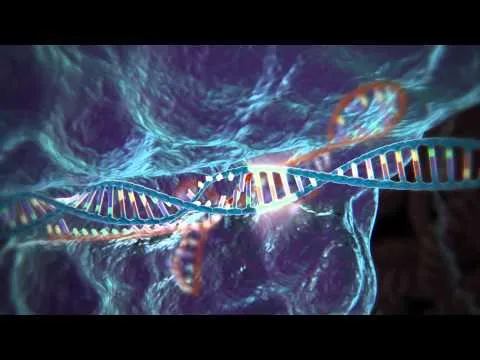
Humanity is just past the cusp of a revolution in genetics. Using a technique known as CRISPR Cas9, scientists can, for the first time ever, edit the genome within living organisms cheaply, quickly, and precisely. Since its discovery, scientists have already begun to iteratively improve upon the techniques involved, meaning that within the next five years or so it will probably be ready for trials in humans.
What is CRISPR Cas9?
CRISPR Cas9 is a technique for editing DNA. CRISPR stands for:
Clustered
Regularly
Interspersed
Short
Palindromic
Repeats
and refers to the technique employed to precise edit portions of DNA. Cas-9 stands for: CRISPR Associated Protein 9, and refers to the specific protein that holds the tracrRNA (Trans-Activating crRNA, but don't worry about that. Suffice to say it's a DNA detector) and cuts the DNA.
CAS9 was originally discovered in bacteria. It's a method they use to destroy invading virus DNA. Portions of the virus' RNA are carried within CAS9 proteins floating at random through the bacteria. When the corrosponding virus attempts to infect the bacterium with its DNA, the CAS9 protein carrying that virus' RNA binds with the virus DNA and cuts it at the point where it attaches to the RNA, effectively destroying it.
It wasn't long after this discovery before scientists realized that the same protein and technique could be used to modify just about any organism on Earth. Experiments on plants and animals have been incredibly successful in the lab, and the only reason why it hasn't been tested on humans yet (so far as we know) is that the technique has not yet been perfected and sometimes still produces errors.
The Implications
The uses CRISPR Cas9 could have for medicine are enormous. You could create mice with specific diseases straight from human DNA to test medicine on them. Or even better, directly edit the genome itself to program away from those diseases in the first place. This is another advantage of CRISPR. It allows you to edit more than one part of the DNA at a time.
Going Further
But think about what having control over your genome ultimately means. After you are perfectly healthy you might want to try being a little taller, having bigger boobs, being the opposite gender, another race, etc. There's no reason why you couldn't have a tail, cat-like ears, zebra stripes, a birthmark shaped like your favorite state or country. The possibilities are literally endless.
With these endless possibilities will come an ethical debate. I predict that, in the future, there is going to be an enormous genetic rights movement. My DNA, my choice. A portion of legislators, luddites (anti-technology folks, who'll be getting louder and more aggressive in the coming decades), scientists, and the public are going to fight these changes, and they are going to fight them hard. But, for better or worse, they are going to lose.
As these techniques become more common and humanity has to worry less and less about the specter of death, people will have to ask themselves strange and new questions about identity and what it means to be human.
If you could change anything about yourself, what would you change? Or better yet, would you?
Sources:

How Genes Are Edited Using CRISPR CAS9
What is CRISPR?


Other Posts:
-A Happy Little Talk About Death
-Zelda: Ocarina of Time - Best Games Ever Made Vol. 2
-Deep Space Combat School: Nexus - Chapter 1: Calm Before the Storm
-The Law of Accelerating Returns: Why the Future is Brighter and Stranger Than You Think
-Why Changing is Hard and What You Can Do About It
-Teenage Ninja Turtles II Arcade V.S. Streets of Rage II: Best Games Ever Made Vol. 1